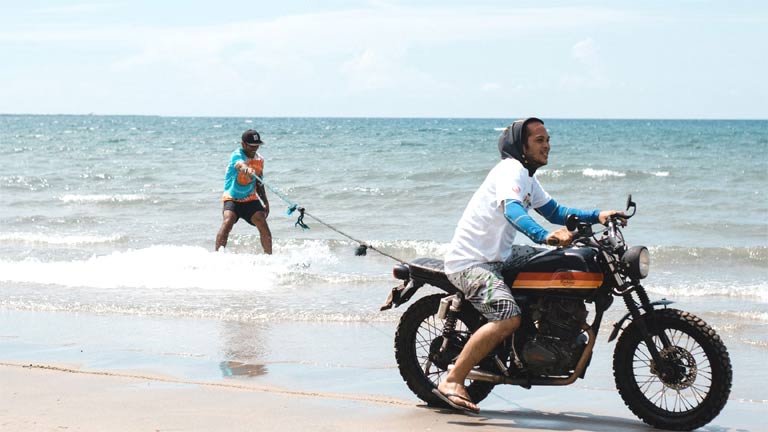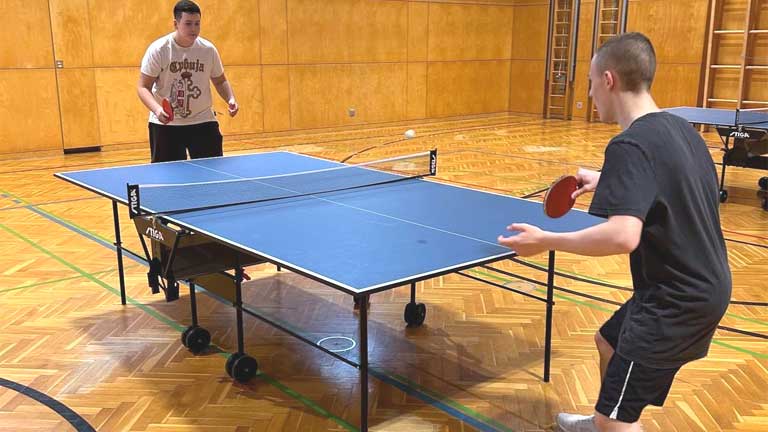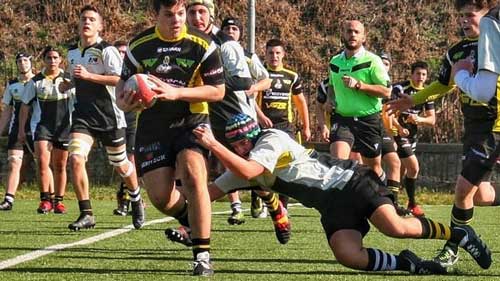
Every sport requires professional-level training to achieve the goal. Surfers also do hard practice to ride on the sea waves. Faint-hearted people can’t do the surfing. You need a brave heart with proper surfing training and equipment. Surfers keep looking for the biggest wave beaches around the world. Surfers love sea waves that help them to surf on the sea surface. However, you can get injured and lose your life if don’t get trained on how to surf safely.
How to Train Like a Pro Surfer: Tips and Exercises for Riding Big Waves
Do you also want to surf either want to enjoy surfing or become a professional sufferer? They required proper training, learning, and fitness. Surfers eagerly anticipate the perfect wave, knowing that the thrill of riding it is a pure celebration of nature’s beauty and the endless possibilities of the ocean. Following are the ways to train your body and mind for surfing on waves.
Surfing is an exciting water sport that allows people to ride the waves, but it is not as easy as it looks. Surfers have to train themselves to become skilled at this thrilling activity. Training for surfing involves several important steps.
First surfing lesson, surfers need to build their physical fitness. They need strong muscles, especially in their arms, shoulders, and core, to paddle out to the waves and balance on the board. Many surfers do exercises like push-ups, sit-ups, and yoga to improve their strength and flexibility.
Second, surfers have to practice their balance. Standing on a surfboard while the waves move beneath you can be tricky. Surfers often use balance boards to improve their stability and coordination. They also practice on land to get a feel for the board’s movements.
Third, surfers need to understand the ocean. They have to learn about tides, currents, and different types of waves. This knowledge helps them choose the right spot to surf and stay safe in the water.
Fourth, surfers practice their paddling technique. Good paddling helps them catch waves and get out to the lineup where the waves are breaking. Paddling takes a lot of energy and practice.
Surfing Equipment
Professional surfers rely on specialized equipment to ride the waves with skill and style. Here’s a simple explanation of the essential gear they use:
-
Surfboard: The surfboard is a professional surfer’s most important tool. There are different types, like shortboards and longboards, each suited to different wave conditions and riding styles.
-
Leash: A leash is a cord or leg rope that attaches to the surfer’s ankle and the tail of the surfboard. It prevents the board from drifting away when the surfer falls off, making it easier to retrieve and get back on.
-
Wetsuit: In colder waters, professional surfers wear wetsuits. These snug-fitting suits keep them warm by trapping a thin layer of water against their skin, which their body then warms up.
-
Wax: Surfboard wax is applied to the deck (the top of the board) to create traction. This helps surfers grip the board with their feet and maintain balance while riding the waves.
-
Fins: Fins are attached to the underside of the surfboard and play a crucial role in steering and stability.
-
Traction Pad: This is a grippy surface attached to the rear of the board. It provides extra traction and helps surfers maintain their footing while making sharp turns and maneuvers.
-
Surfboard Bag: Professional surfers often use padded surfboard bags to protect their boards during transport and storage.
-
Sunscreen: Sun protection is vital for long hours in the water. Professional surfers use waterproof sunscreen to shield their skin from the sun’s harmful rays.
-
Goggles (Optional): In big wave or tow-in surfing, some surfers wear goggles to protect their eyes from strong winds, saltwater spray, and potential impacts.
Finally, surfers spend a lot of time in the water. They learn by doing, so they need to surf regularly to improve their skills. This means spending hours at the beach, waiting for the perfect wave to ride. Surfing requires physical fitness, balance, paddling skills, ocean knowledge, and lots of practice. Surfers work hard to train themselves so they can enjoy the thrill of riding the waves.




